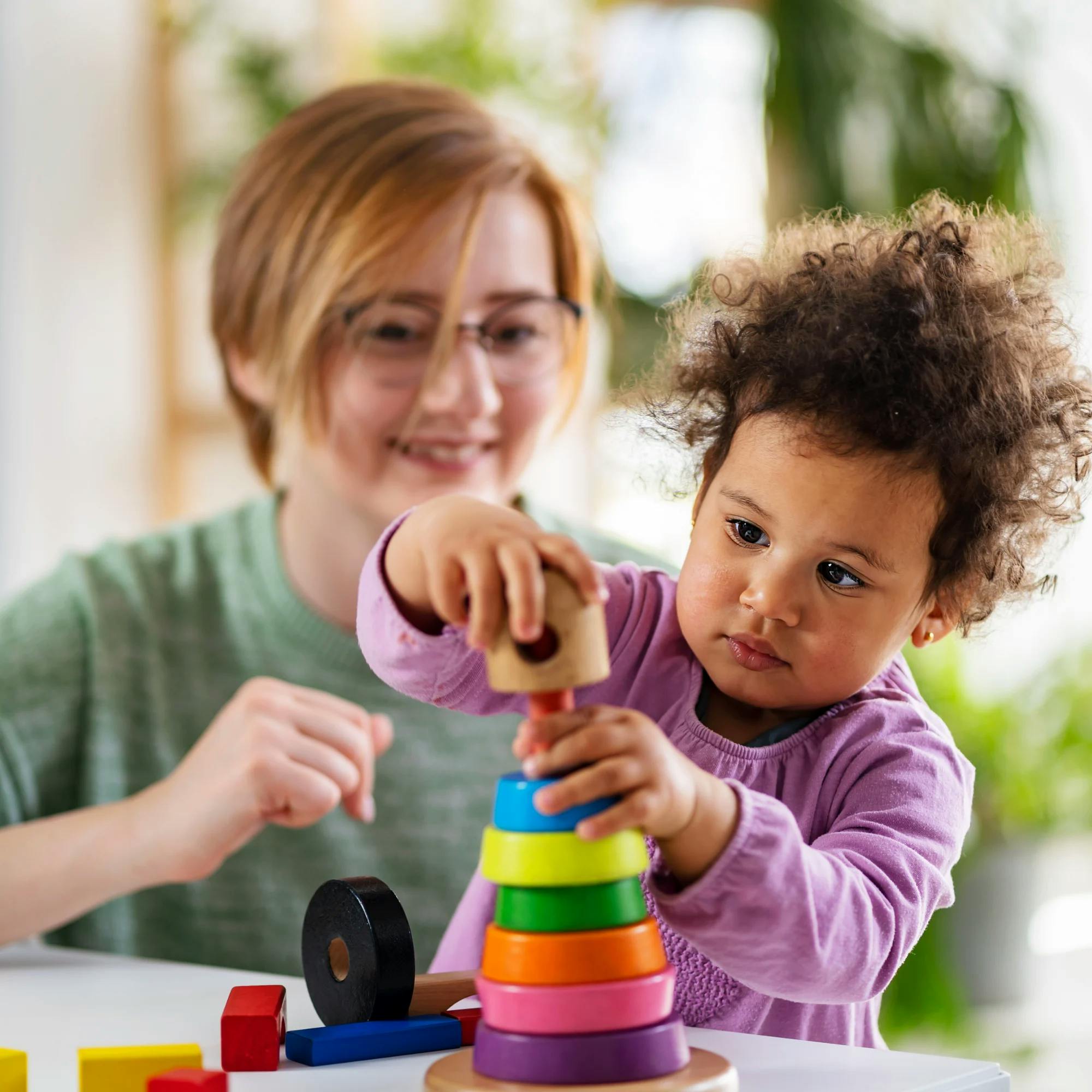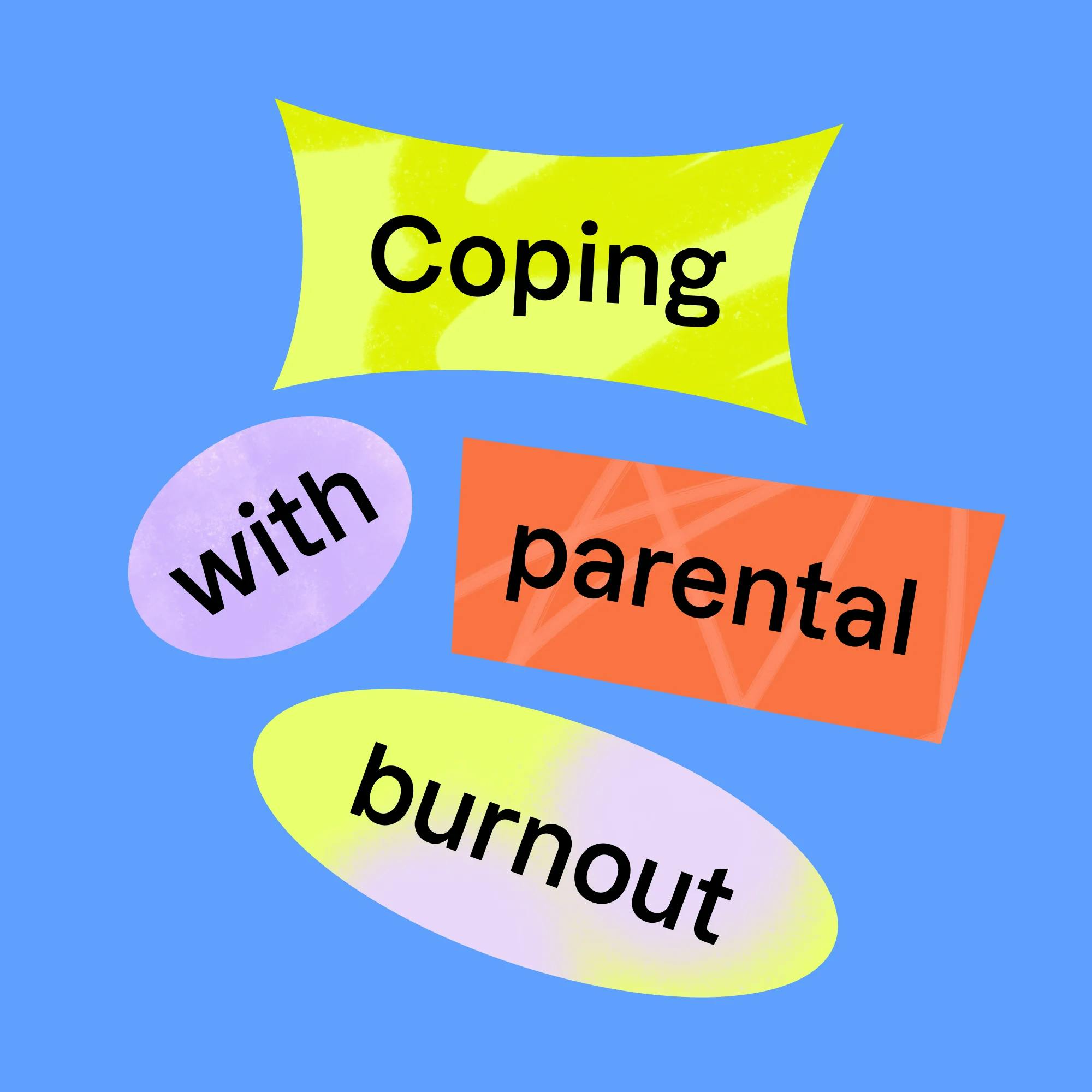Humans are always sending messages. Whether it’s nonverbally, such as nodding or gesturing, or by changing the tone of our voice to show that we’re excited, we are constantly communicating.
However, when someone can’t communicate through speech, expressing their wants and needs can be frustrating–both for them and for their caregivers.
Many people who are unable to communicate through speaking, such as those with a brain injury or a diagnosis like autism, use augmentative and alternative communication (AAC). AAC means any other way of communicating other than talking. There are many systems and devices that are considered AAC, such as communication boards, speech-generating devices (SGDs), computer apps, and picture books.
How can a speech therapist help with AAC?
A speech-language pathologist, also known as a speech therapist, plays a key role in helping people use AAC. In order to receive an AAC device, a person must have an AAC assessment. Once the AAC assessment is complete, the speech therapist educates everyone involved–both the AAC user and their caregivers and family–on which device is most appropriate for them. The speech therapist then customizes the device and teaches the client and their family how to use it to communicate.


10 tips for caregivers of AAC users
Once the SLP demonstrates how to use the AAC device, it’s up to the parents or caregiver to help and guide the AAC user. Whether your loved one is autistic, is recovering from a stroke or brain injury, or has another condition affecting their speech, here are some tips to help you support them.
1 Know the ins and outs of the AAC device
You are one of your loved one’s main communication partners. So it’s important to understand how to use their AAC system or device. If you don’t understand it, you won’t be able to respond to your loved one, which will hurt communication between the two of you.
2 Show your loved one how to use the device
Demonstrating how to use the AAC device is the best way for your loved one to learn how to use it themselves.


3 Use the AAC device everywhere and with everyone
Consider their AAC device your loved one’s new “voicebox.” You wouldn't leave your voicebox at home, would you? If the caregiver can go anywhere and speak with anyone, why wouldn’t the AAC user have the same opportunity?
Bring the device everywhere with you–the restaurant, the park, the store, and so on. This way, the device becomes a familiar, common practice of communication for everyone involved, just like opening one’s mouth to speak or laugh. After all, the goal of having an AAC device is to make sure the AAC user can communicate as independently as possible.
The goal of having an AAC device is to make sure the user can communicate as independently as possible.
4 Reward your loved one for using their AAC device
It takes time to adjust to using an AAC device. To keep your child or loved one motivated and help them build the habit, reinforcements are strongly recommended, especially at the beginning.
A reinforcement is any item given to improve the chances of an outcome happening. You can provide a physical reward, such as a toy or food, or an activity, such as listening to music. In the beginning, you may need to reward the AAC user immediately, any time they reach for their AAC device to communicate with someone. Once your loved one is used to the device, you can fade away the rewards.
Ed's inspiring story
A brain injury almost took away this professor's voice, but speech therapy, new AI technology, and his own determination changed everything.
 Read Ed's story
Read Ed's story5 Remember the purpose of the AAC device
If your loved one is acting out or seems confused or frustrated whenever they use the device, discontinue it for a while and try something else. It’s important to remember that the AAC device is meant to help the user, not cause harm.
6 Meet the AAC user where they are that day
Each day can be different. If your loved one is having an “off” day, it may not be the best time to teach them new words on their AAC device. Repetition and consistency will keep their progress afloat.
7 Watch what your child is doing on their AAC device
Some AAC systems, like apps, include access to the internet. You’ll want to watch what your child is doing and set boundaries. You can block or restrict certain websites or apps. If your loved one is communicating on social media, make sure that doesn’t replace using their AAC device to communicate outside of the internet.


8 Let the AAC user guide the interaction
Many AAC users aren’t used to initiating a conversation. For them, communication in the past may have been mainly one-sided. So it’s important for them to learn this skill and start the conversation now.
9 As a communication partner, be patient and go slow
When you’re speaking to your loved one, take your time. Understand that “less is more,” repeat yourself as needed, and pause after sentences. This helps the AAC user process what you’re saying, which will make it easier for them to respond. Also, wait for them to be done communicating before taking your turn to speak. This teaches and encourages reciprocity, which is a crucial aspect of conversation as well as in life.
10 Share your knowledge with the speech therapist
As a caregiver, you are the expert in your loved one. While the speech therapist is the expert in communication, you know your loved one best! You can share your loved one’s likes and dislikes, preferences, goals, or anything else that the therapist should know about them.


Taking care of the caregiver
Caregivers often are neglected. In order to support someone else, you need support, too. It can help to share your feelings with people who are experiencing the same things. There are many online resources and groups, many of them on Facebook. Interestingly enough, most AAC companies host support groups as well.
Once you have an AAC device and speech therapy plan, your loved one will feel more encouraged to be an independent communicator. But it takes a village to transition someone to using an AAC device to communicate with others. As their caregiver, you need the right support and training. A speech therapist can be that guide for you. Remember, there are no “stupid questions.” Throughout the AAC process, it’s important to ask all your questions so you can feel educated and empowered to help your loved one thrive.
How Expressable Can Help
Concerned your child isn't reaching age-expected milestones? Looking for communication support from a professional? Expressable is a national online speech therapy practice serving children and adults. We treat all major areas of communication and feeding, offer flexible hours including evenings and weekends, and accept most major health insurance plans. We’re proud to have earned more than 3,000 5-star reviews from our clients (4.9/5 average).
Our therapy model is centered on parent and caregiver involvement. Research proves that empowering caregivers to participate in their loved one’s therapy leads to better outcomes. That’s why we combine live, 1-on-1 speech therapy with personalized education and home practice activities for faster progress.
Communication is more than words. It’s how we share how we feel and show who we are. We’re here to help you or your child do just that.

 Abby Barnes, M.S., CCC-SLP
Abby Barnes, M.S., CCC-SLP














